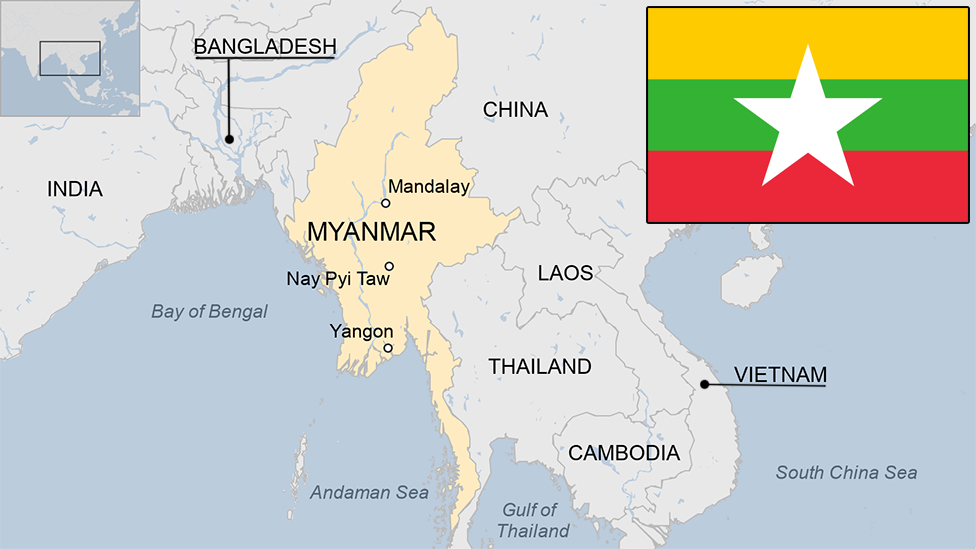Pakistan’s energy minister has revealed the country’s intention to expand its domestic coal-fired capacity four-fold to cut power generation costs and address its severe foreign-exchange crisis, as it discontinues building new gas-fired plants in the next few years.
Last year, natural gas scarcity, which contributes over a third of Pakistan’s power output, left extensive areas in prolonged darkness. After Russia’s invasion of Ukraine and an economic downturn, a sharp hike in global liquefied natural gas (LNG) prices made LNG unaffordable for Pakistan. As such, Pakistan Energy Minister Khurram Dastgir Khan told Reuters that LNG is no longer part of the country’s long-term plan. Instead, the country plans to augment its domestic coal-fired power capacity to 10 gigawatts (GW) in the medium-term from the current 2.31 GW.
Pakistan’s move towards coal-based power to provide its citizens with reliable electricity emphasizes the difficulties in designing effective decarbonization strategies. Many developing countries are struggling to keep the lights on amidst increasing power demand in 2022.
Despite the higher demand, Pakistan’s annual LNG imports dwindled to their lowest level in five years, with European buyers dominating and price-sensitive consumers being relegated to the backburner.
Read more:















